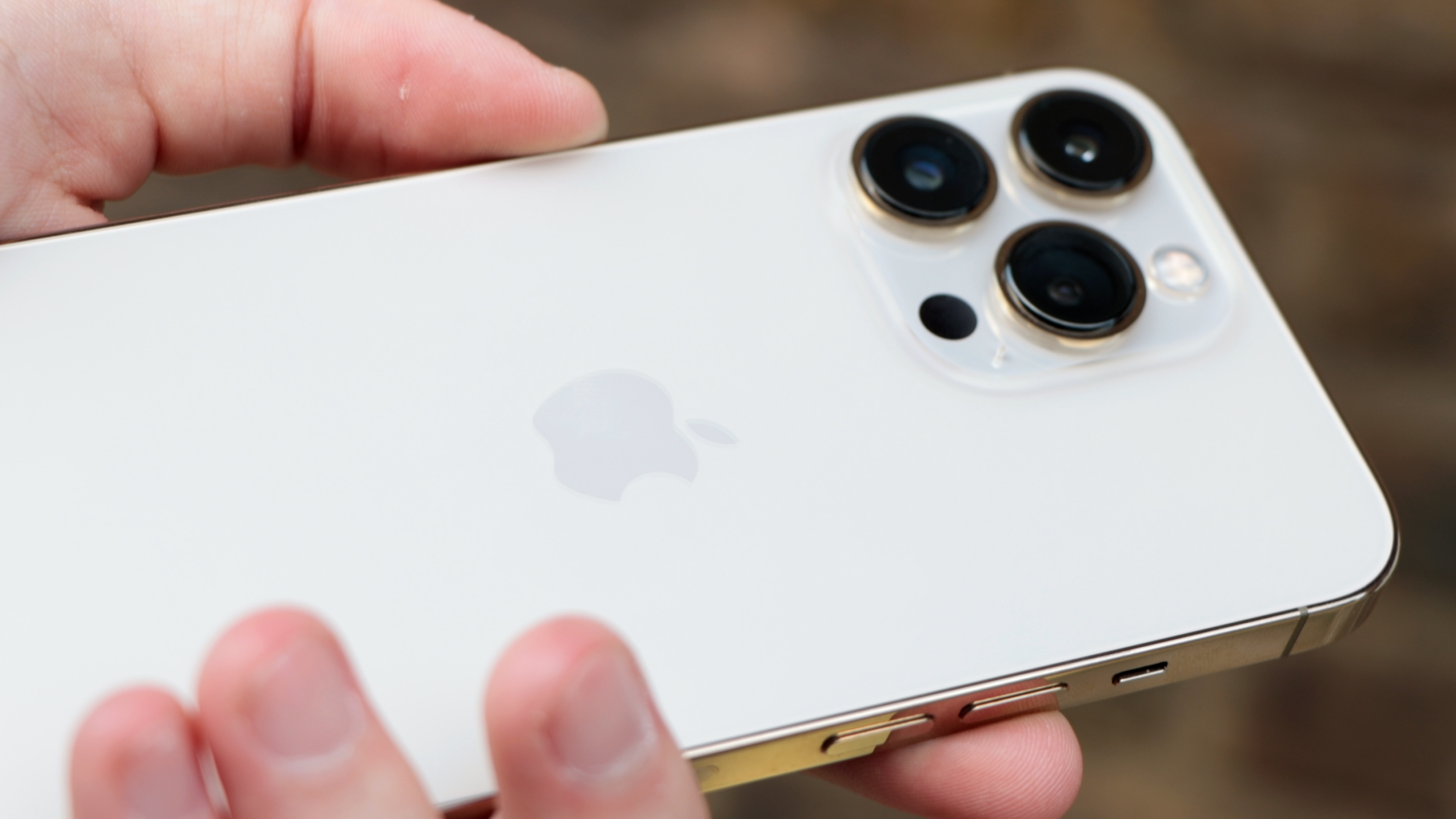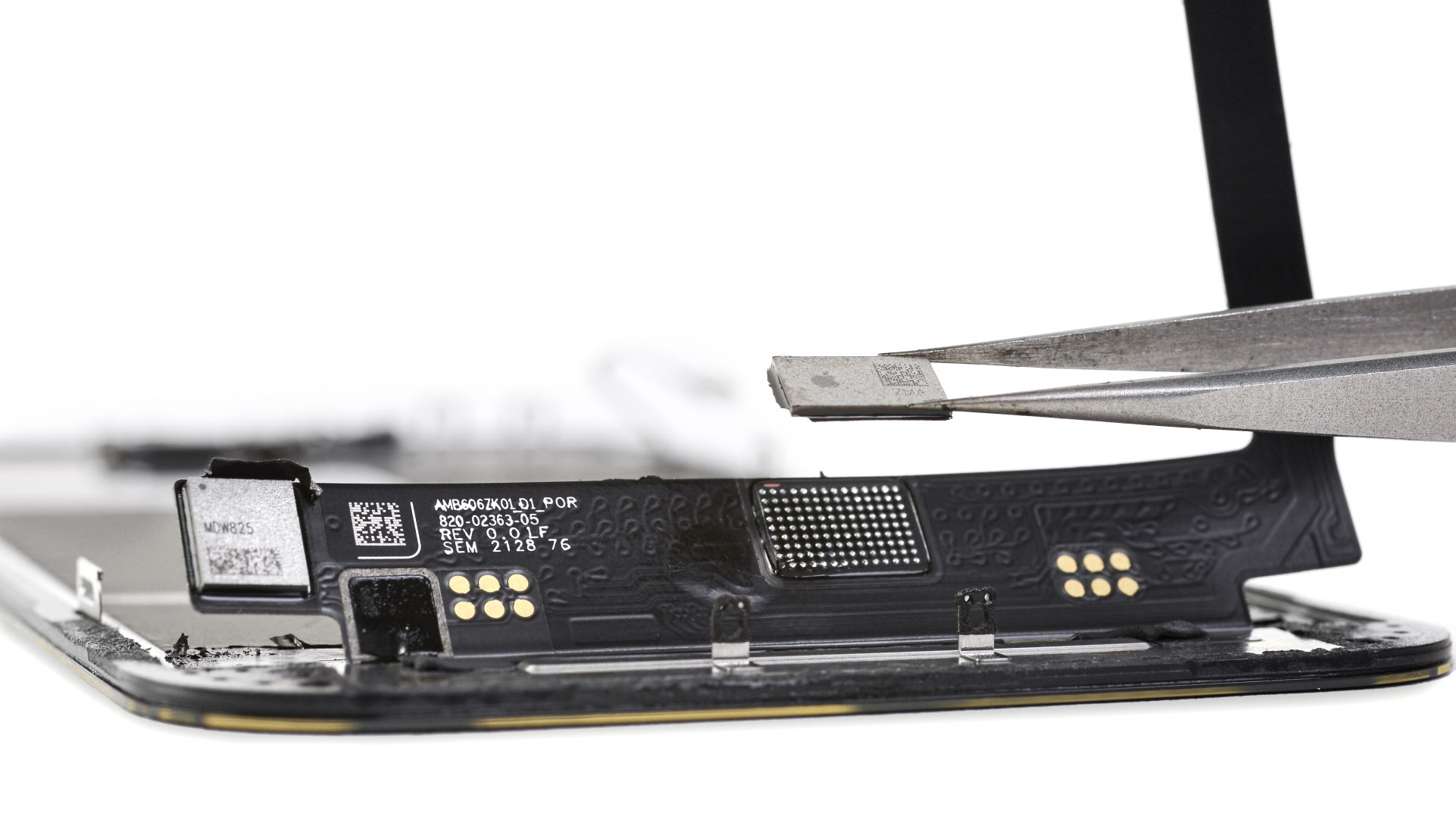Third-party screen replacement of iPhone 13 disables face ID - here's how
Could put repair industry under duress

Have a cracked screen on your latest iPhone 13? If so, do not even attempt to get it repaired by a third-party service network. Doing so would render the face ID on your device completely ineffective. A new investigation has revealed that this move could sound the death knell for repair networks outside of the Apple ecosystem.
The investigation was conducted by iFixit which confirmed that they had tested this in their labs several times with several devices running iOS15 and iOS 15.1. "And, our results have been replicated by numerous repair professionals," the company says in a post on their website. The company shared YouTube videos of such instances on the post to substantiate their claim.
- iPhone 14 might not be that much more powerful than the iPhone 13
- Apple cuts down iPad production to feed iPhone 13 demand
How did Apple achieve this?
So, what is the magic that iPhone 13 creators have brought in to make the face ID completely ineffective? According to iFixit, this has been achieved through a small microcontroller chip that pairs the screen to the phone. This chip is tucked away at the bottom of the screen.
The iPhone 13 is paired to its screen using this chip, a condition that is described by repair folk as "serialisation". "Apple hasn't provided a way for owners or repair folk to pair a new screen," iFixit says while suggesting that the move represents a dark day for fixes, both DIY and professional.
However, authorised technicians will access to proprietary software, Apple Services Toolkit 2 can make new screens work by logging the repair to Apple's cloud servers and syncing the serial numbers of the phone and screen, thus giving the company the right to approve or deny individual repairs, the report says.

What does it mean to customers?
What this means is that the regular repair of a cracked screen on the iPhone, which could be done with hand-held tools, now requires a microscope. Of course, one can fix the matter, but only at the cost of losing the face ID recognition functionality.
Which brings us to what this could mean for users of the iPhone 13 as well as its successors that arrive in the coming years. Having a screen guard and a robust back cover could be one solution to guard against screen trouble. However, in case the screen does require repair, the options are limited to visiting the Apple service.
Sign up for breaking news, reviews, opinion, top tech deals, and more.
As for the many small repair stores, they may have to shut or invest in equipment required to service these and future iPhones. They will have to join Apple's large authorised network or physically move the soldered chip from the original screen to the replaced one. iFixit estimates that repair stores will require equipment including a microscope, a hot air rework station, a fine-tip soldering iron, BGA stencils, flux, and a few other supplies.
iFixit goes on to say that there is an outside chance that with the iPhone 12 camera, Apple could change the iPhone 13's face ID from non-functional to "unable to verify" warning in one of its upcoming software updates. An update did arrive in January, three months after the iPhone 12 was shipped. However, in that case Apple may need to explain if it was testing waters for serialising parts in the future.
Till such time, all that we can do as iPhone 13 users is to guard against any screen related issues. Or be prepared to pay a premium for its repair and continue to use our faces to unlock the device.
- Have you read our review of the iPhone 13 yet?
- Best gifting ideas for family and friends this Diwali week
- Now's the time to convert your house into a Smart Home
Want to know about the latest happenings in tech? Follow TechRadar India on Twitter, Facebook and Instagram!

A media veteran who turned a gadget lover fairly recently. An early adopter of Apple products, Raj has an insatiable curiosity for facts and figures which he puts to use in research. He engages in active sport and retreats to his farm during his spare time.